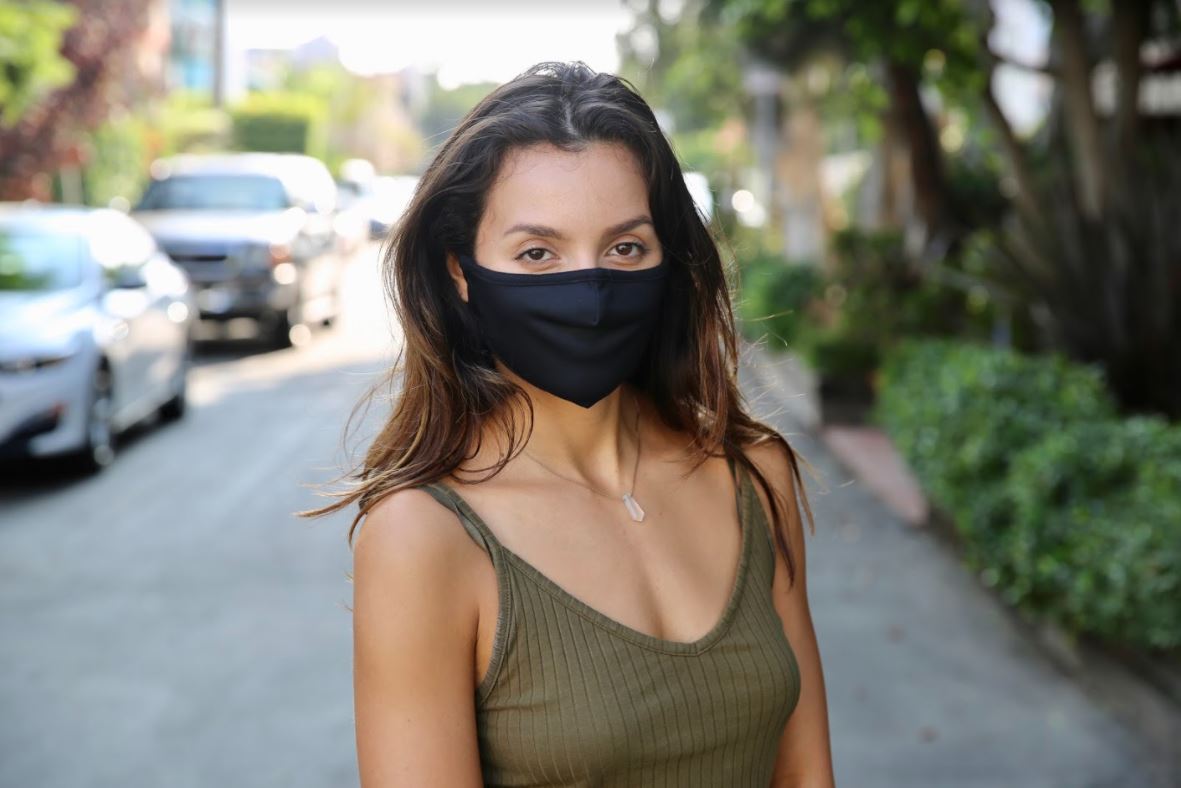It's been more than a year since the COVID-19 pandemic started. But there have been no official standards to govern the quality of coronavirus protection masks — until now. ASTM International, a voluntary organization that sets standards for everything from hand sanitizers and gloves to medical gowns and thermometers, just released its Standard Specification for Barrier Face Coverings.
Approved brands can add ASTM's label to their product after being verified. This will hopefully simplify the shopping process for face masks.
More Specific Face Mask Guidelines
Though ASTM's face mask standards are a first of its kind, health experts have been calling for an organized set of best practices for manufacturing the protective coverings since the pandemic began. The new standards are more specific than the guidelines offered by the Centers for Disease Control and Prevention (CDC).
To ASTM's new specifications, brands must submit their face masks for testing. Once they are approved, manufacturers can slap a label on their product to inform customers that it "meets ASTM F3502." ASTM and public health experts are hoping that this brings clarity to the process of shopping for face masks.

"If you go into a store and buy a mask, you generally have no idea what you’re getting," explains Dan Smith, ASTM's technical committee operations vice president. "But if you go into a store and purchase a face mask that’s labeled, saying it meets the ASTM standard, you can understand what you’re getting and that you’re getting a certain level of protection."
Before these guidelines, organizations such as ASTM, the National Institute for Occupational Safety and Health, and the Food and Drug Administration (FDA) had only published standards for face masks used primarily in medical facilities (e.g., surgical masks and N95 masks). By establishing standards for design, performance, and other face mask factors, ASTM hopes that the general public will now be able to judge the efficacy of these coronavirus protection measures without relying on a brand's word.
How ASTM Certification Works
Brands have to prove that their face mask meets ASTM standards by getting it tested in an accredited lab. The tests that the lab performs certify that the mask actually adheres to ASTM's guidelines. Manufacturers must also complete a conformity assessment which indicates that their face coverings are compliant with ASTM's standards for design, performance, and labeling.
Face Mask Protection and Performance
ASTM standards evaluate face masks in two main factors: filtration and breathability. These properties are tested on two performance levels:
- Level One: Verifies that the face mask filters out at least 20% of particles.
- Level Two: Verifies that the face mask filters out at least 50% of particles.

Generally speaking, the higher the filtration rate, the harder it is to breathe in the face mask. ASTM's guidelines focus on a mask's ability to filter out particles as small as 0.3 microns. According to Amesh A. Adalja, MD, senior scholar at the Johns Hopkins Center for Health Security, this is a solid benchmark — 0.3 microns is smaller than the size of airborne respiratory droplets that carry COVID-19.
What ASTM Labels Will Tell You
Adalja equates the ASTM face mask standards with SPF levels; it allows customers to understand the protection they're buying. He explains, "By creating standards for masks for the general public, people can begin to figure out what they can wear to keep them and those around them the most protected."
ASTM labels will also require that mask manufacturers also include the following information:
- How to wear the face mask protection properly
- If the face mask protection is reusable
- How to clean the face mask protection
ASTM Design Requirements
ASTM face mask standards also stipulate some design requirements. Much of this aspect mirrors the guidelines set forth by the CDC:
- Face masks must cover the mouth and nose.
- Face masks shall not include vents, valves, or any type of open pathway.
- Face masks should fit snugly to minimize gaps between itself and the user's face.

- Face mask materials that contact with human skin must be non-toxic and non-irritating.
- Face masks should minimize airflow around their perimeters.
- Face masks should be comfortable enough to be used for long periods of time.
ASTM Durability Requirements for Face Masks
Last but not least, ASTM standards also evaluate face masks on their potential reuse. Essentially, they strive to figure out how well face masks hold up in terms of filtration efficacy after it they've been cleaned the maximum number of times specified by the manufacturer.
Since certain face masks can shrink, stretch, or become distorted in some other way after being cleaned numerous times, ASTM felt that this evaluation was necessary to ensure that the protection offered by these products does not diminish over time.
Stay Tuned for Updates
We hope you've enjoyed this overview of what ASTM's new face mask standards entail. These guidelines should greatly aid customers in finding appropriate face mask protection during this pandemic.
Check our blog often! We'll be sure to update it with any breaking news about these new standards.
Want to distribute anti-microbial treated neck gaiters and face masks that protect you from 99.9% of bacteria, viruses, mold, and fungus? Learn more here!
